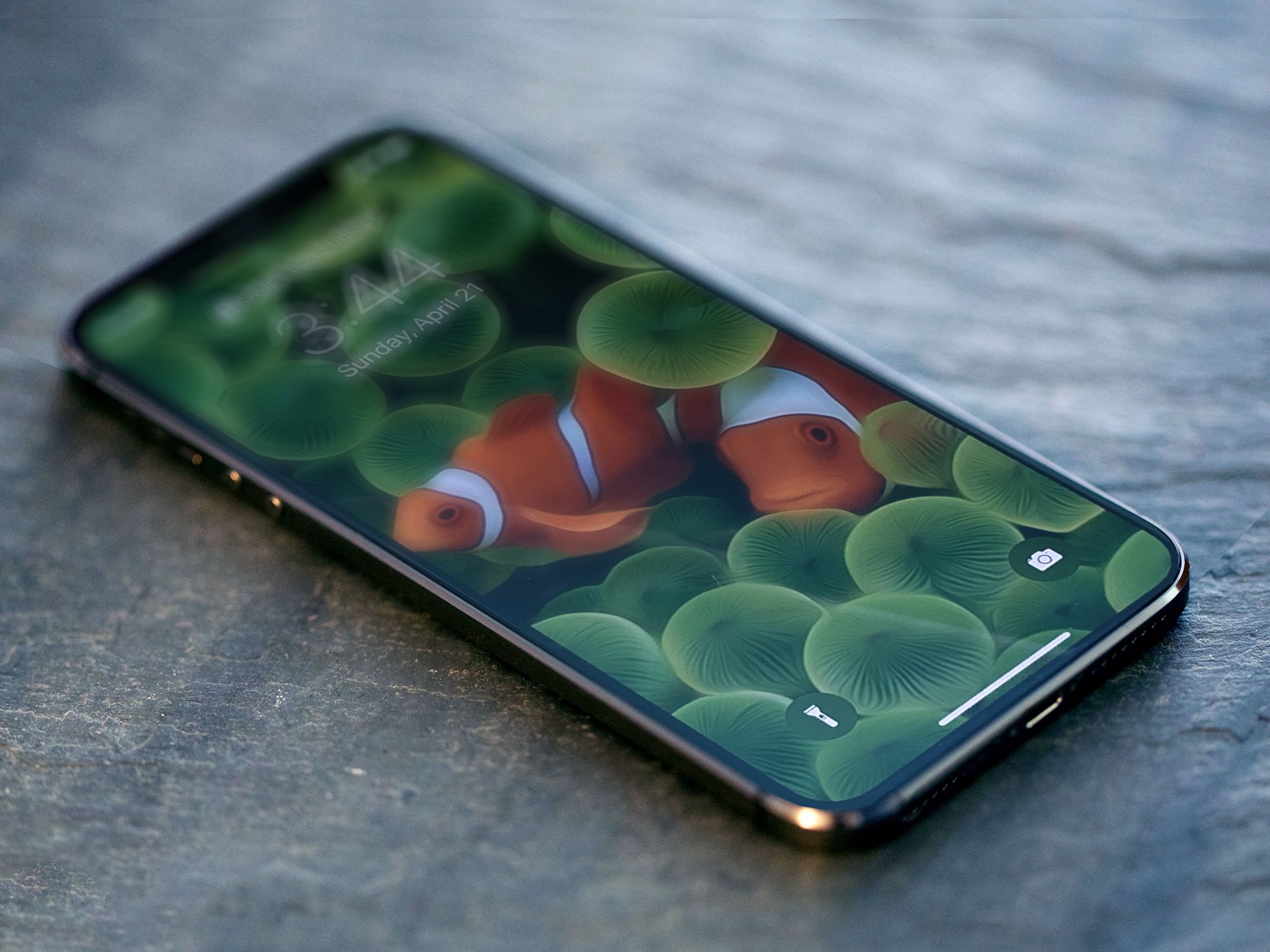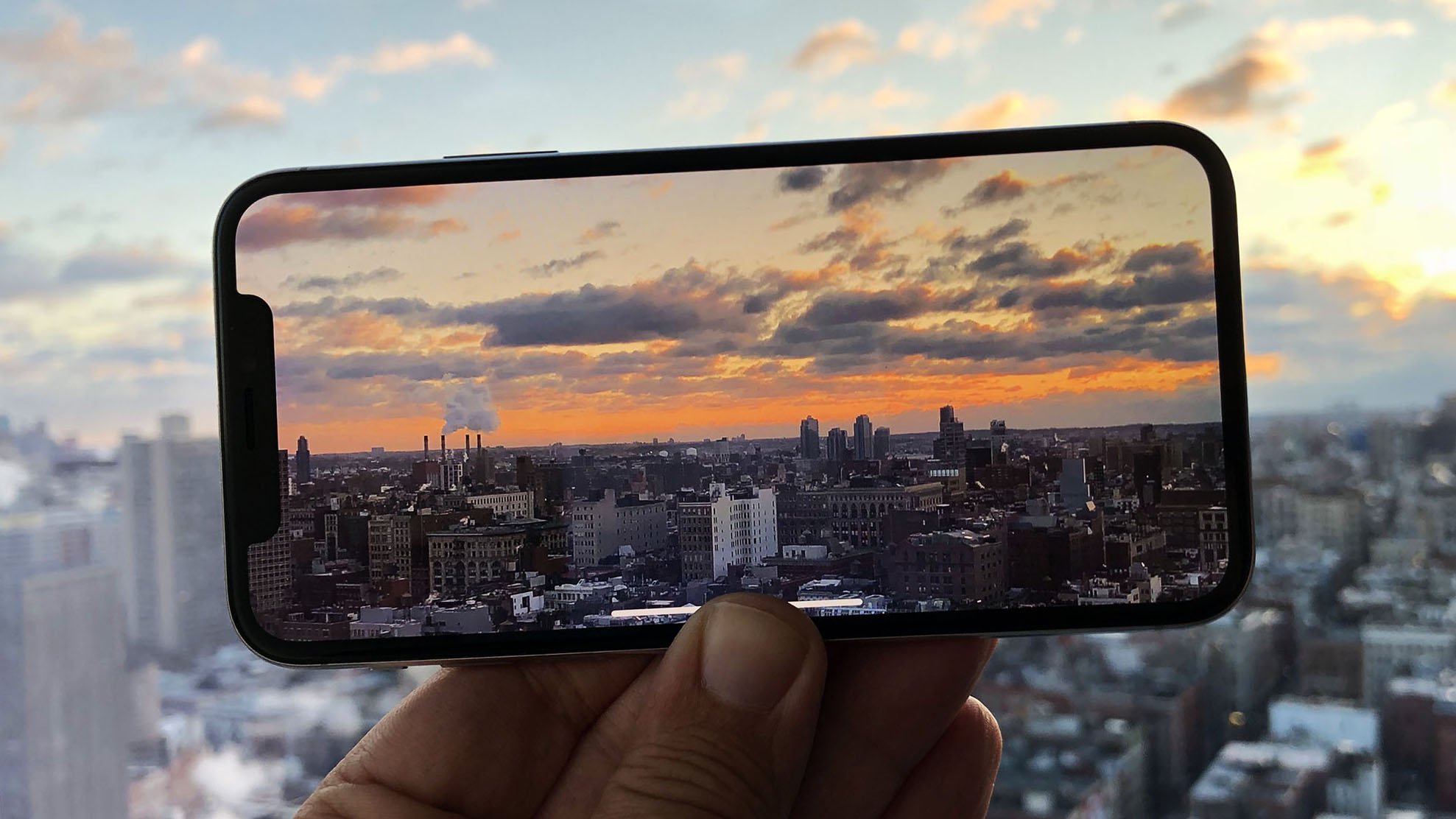iPhone 12: The truth about all-OLED and 120Hz ProMotion

There's been a ton of chatter lately about the iPhone 12. That's thanks to the deluge rumors from the likes of Jon Prosser, Kuo Ming-Chi, Mark Gurman, Max Weibach, and others. I've covered some of it before, so hit subscribe and check it out. But, this time, I want to focus on the iPhone 12 display.
See, reports are saying that Apple is going all-in on OLED across the full range of iPhone 12 devices. No more LCD on the base model, OLED only the Pro. Also, that Apple is going 120Hz, or ProMotion, on the high end, which means that will become the exclusive, Pro-only feature.
But, there's also been a lot confusion about what those things are, what it all means, and how, precisely, it's all going to work.
So, let's dive into it.
iPhone 12: All-in on OLED
I feel like I've spent half my life explaining organic light emitting diode, or OLED technology. That's because it's so brilliant… but also so flawed. Brilliant in that, instead of using a back-light like LCD, it literally emits its own light.
Think of the difference between a curtain and the sun. If it's a really bright day, and you close the curtain, the curtain is still being lit up from behind and there's still light leaking in around its edges. That's LCD. Some backlight is just always coming through.
But, when the sun comes up, it's bright. And when the sun goes down, it's dark. That's OLED. When a pixel goes dark, it goes super inky black dark. Even and especially if other pixels are still lit up.
Also, the way OLED is used on phones, it can go much brighter than LCD, so you also get really white whites. That all means you see far more detail in the shadows and in the highlights. Much to the chagrin of the LCD marketing lobby, that makes OLED about the only current display technology that provides for real high dynamic range — HDR — experiences on phones.
But, OLED is also a deeply flawed technology. For example, it can color shift off-axis. In other words, as you turn it, it can look more reddish on worse displays and still a little bluish, even on good ones. And it can color shift over time as well as the blue sub pixels die off faster than the red and green ones, which is why OLED on phones typically uses what's called a pentile arrangement, doubling up on some sub pixels, rather than the straight up Red Green Blue stripe used on LCD displays. And that screws with the math when determining things like actual resolution and display density.
OLED can also burn in or just persist too long at times. The brightness isn't always consistent, especially at the larger end of the mobile spectrum. Dimming is sometimes handled by pulse width modulation, which some people claim they can see and annoys them, and for as much power as they can save when they're dark, wow can they use it up when they go bright.
Which is why companies, including Apple, are investing in next-generation display technologies like miniLED and microLED.
Another problem with OLED, historically, is that only Samsung has had a really good process for producing it for phones, which is very different than producing it for TVs. Even then, capacity for that process has been severely limited, and Samsung charged a premium to fabricate those panels, especially for Apple who always wants it done to their own exacting specifications and sometimes even with different materials.
So…what's changed?
What would let Apple get not only the increased capacity to put OLED panels on the base model iPhone this year — historically the most popular iPhone if not phone period in the world — but also at the base model iPhone price, which is a couple or several hundred bucks cheaper than the Pro models? Well, rumors point to BOE.
Originally Beijing Oriental Electronics, now just BOE, they've been making OLED panels for other companies, like Huawei, for a while now and, apparently, their latest process is both good enough for Apple and cheap enough for the base model iPhone.
In fact, there are even rumors that Samsung is in talks to use BOE panels for future, less expensive phone models as well. Which, if you follow the industry is hella ironic given, not so long ago, Samsung was suing BOE for basically… um… how do I say this… allegedly…. borrowing Samsung's OLED process to begin with. Which, you know, might just explain why they're both good and cheap enough for Apple and even Samsung to use on the mid-to-lower end of their phone lineups.
Given how close the LCD iPhone XR looked to the OLED XS, and the LCD iPhone 11 looks to the OLED 11 Pro, which involves display management not just across devices but entirely different technologies, managing it between two different OLED suppliers doesn't worry me anywhere nearly as it much as it might otherwise. Still, fingers crossed.
And, there could still be differentiation between the base and Pro displays anyway. For example, the iPhone 12 BOE panels could be HDR like the iPhone X was while the iPhone 12 Pro panels could push further into XDR — Extreme Dynamic Range — like Apple has already started with the iPhone 11 Pro.
And, of course, the Pros could have… ProMotion.
iPhone 12: ProMotion and 120Hz refresh rates

Apple introduced ProMotion with the second generation iPads Pro, the 10.5-inch and 12.9-inch models, in June of 2017. Now, most people get excited about ProMotion because it offers an up to 120hz refresh rate, which is twice that of current iPhones. But, the key and oh-so-very-cool thing about ProMotion isn't the 120hz part. It's the "up to" part.
See, ProMotion isn't a high refresh rate technology. It's an adaptive refresh rate technology. ProMotion can ramp up from 60hz to 120hz for things like silky smooth scrolling and Apple Pencil rendering. But, it can also ramp down to 30hz, even 24hz, for things that don't require as much refresh, like a TV show or movie. But… and yeah, there's always a but, 120hz uses more power, so ProMotion tries to balance that out by using 60, even 30 when it can to save power.
There's even a ProMotion dispatcher that handles all the different refresh rate requests, because the iPad can have multiple apps on the display at the same time. So, one app could ask for 120hz for scrolling, another for 24hz for a movie, and ProMotion will just figure it out.
And, at no point will you get the soap-opera effect from artificial motion smoothing, or the uncanny valley, where it looks so close to natural but not quite it ends up looking unnatural. Problems that have plagued some other high frame rate implementations.
So, if the iPad Pro got ProMotion in 2017, why is the iPhone Pro only rumored to be getting it in 2020? Well, in an acronym, OLED.
Pretty much immediately after the iPads Pro got ProMotion on their LCD displays in June of 2017, the iPhone X switched to an OLED display in September of 2017, and ProMotion just wasn't an option for OLED, at least not back then.
Over the last year or so, we've started seeing some Android phones come with 90hz, even 120hz or more displays. The implementations aren't as elegant yet. Samsung, in order to preserve battery life, shipped with 120hz enabled only at lower resolutions, turning it off if you stepped back up to higher resolutions. Google drifted between 90hz and 60hz, sometimes even just based on ambient brightness at the time, unless you go into settings and force it to stay on.
But, it's tough to see Apple shipping anything that isn't just always on, transparent to the end-user, and doesn't just utterly trash battery life.Which is almost certainly why we've also seen reports from Jon Prosser that, while the 12 Pro hardware will ship fully capable of 120hz, whether Apple enables it in firmware or not will depend entirely on how much of hit battery life takes.
Now, Apple has been shipping dynamic refresh rates on OLED displays for a couple of years already — on the Apple Watch.
Apple started shipping them with the Series 4 but they really came into their own with the Series 5. They use LTPO, which is a new kind of poly-silicon and oxide display technology, but not to ramp up over 60hz, but to ramp down all the way to 1hz.
That, combined with other things like new display drivers, power management circuits, and ambient light sensors, are what lets the always-on display work without also shredding the battery life.But, it shows two things: One, from Watch to iPhone to iPad to XDR, Apple Display has some mad, mad skills. And two, it's not a bunch of gobbledygook letters or single technologies or terms like ProMotion that makes for these kinds of capabilities and experiences. It's all of those working together, from the silicon through the software and the hardware that makes it happen.
And while some people are arguing about whether 120hz or higher even makes a difference and if most people will even notice or care about it, I'll just say this:
It's like HDR or XDR vs. standard dynamic range. Some people will absolutely notice and care. Likely the people who pay premiums for Pro phones. Others won't. Likely the people who don't. But, either way, it will continue to push the technology forward, which is also the job of the higher end lineups.
And, for me, personally, like I've said before, the biggest advantage of 120hz will be the ability to watch HDR movies at 24hz, the frame rate nature and Hollywood intended.
Master your iPhone in minutes
iMore offers spot-on advice and guidance from our team of experts, with decades of Apple device experience to lean on. Learn more with iMore!

Rene Ritchie is one of the most respected Apple analysts in the business, reaching a combined audience of over 40 million readers a month. His YouTube channel, Vector, has over 90 thousand subscribers and 14 million views and his podcasts, including Debug, have been downloaded over 20 million times. He also regularly co-hosts MacBreak Weekly for the TWiT network and co-hosted CES Live! and Talk Mobile. Based in Montreal, Rene is a former director of product marketing, web developer, and graphic designer. He's authored several books and appeared on numerous television and radio segments to discuss Apple and the technology industry. When not working, he likes to cook, grapple, and spend time with his friends and family.
